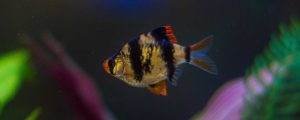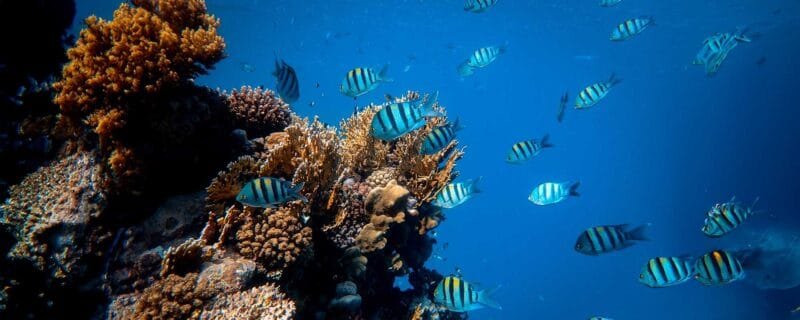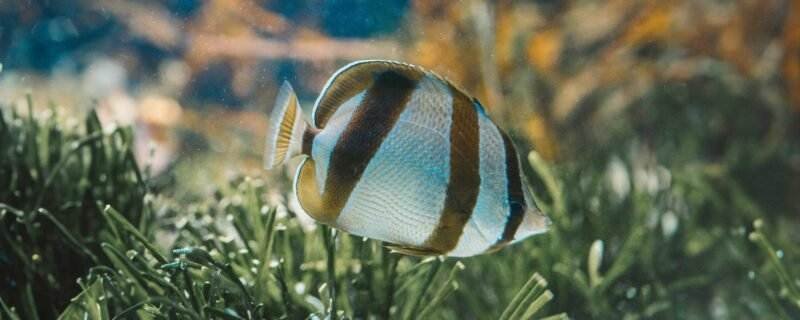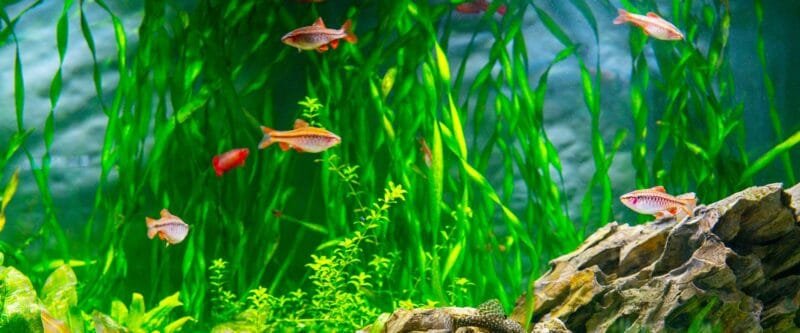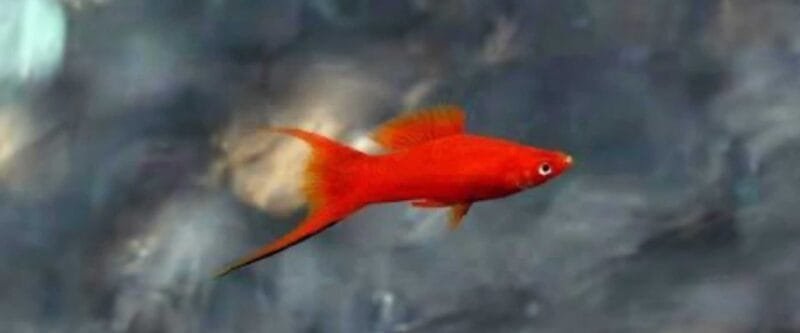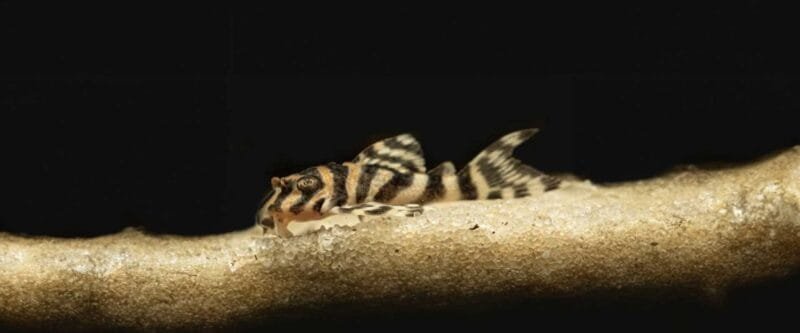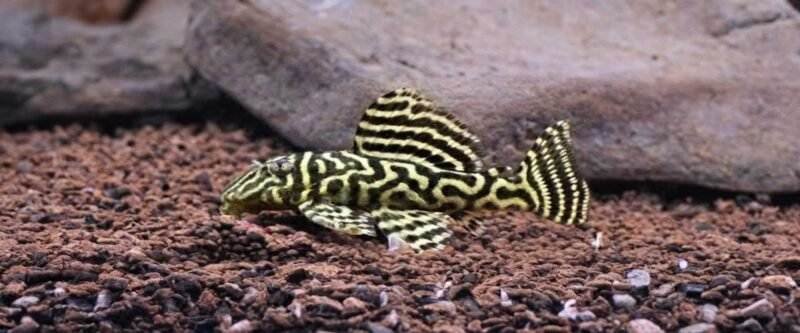Diving into the World of the Gold Barb: A Brilliant Addition to Your Aquarium
Are you searching for a lively and brilliantly colored fish to add some flair to your aquarium? Look no further than the Gold Barb (Puntius semifasciolatus). In this blog post, we’ll explore the fascinating world of the Gold Barb, covering its Latin (or common) name, size, natural habitat, species variations, diet, alternative names, feeding requirements, ease of care, water conditions, sexing, and breeding tips. Plus, we’ll provide you with extra insights to make your Gold Barb-keeping journey a success!
Latin (or Common) Name and Size
The Gold Barb, scientifically known as Puntius semifasciolatus, is a vibrant and engaging fish species that belongs to the Cyprinidae family. These charming barbs typically grow to a size of 2.5 to 3 inches (6.4 to 7.6 cm), making them a manageable addition to your aquarium.
Natural Habitat
Gold Barbs originate from the clear, slow-moving waters of Southeast Asia, particularly in countries like China, Laos, and Vietnam. In the wild, they inhabit streams, ponds, and rivers with abundant aquatic vegetation, where they find shelter and food.
Species Variations
While the Puntius semifasciolatus is the most widely recognized Gold Barb species, there are a few related species within the Puntius genus. These include the Puntius pentazona, also known as the Five-Banded Barb, and the Puntius titteya, commonly referred to as the Cherry Barb. Each of these species showcases distinctive colors and patterns.
Diet
Gold Barbs are omnivorous, meaning they have a diverse diet. In their natural habitat, they feed on small aquatic invertebrates, insects, and plant matter. In an aquarium, you can provide them with a balanced diet by offering high-quality flakes, pellets, live or frozen foods like brine shrimp, daphnia, and bloodworms. A varied diet will maintain their vibrant colors and overall health.
Alternative Names
While Gold Barb is the most common name, they are also known as the Chinese Barb or Half-Banded Barb due to their striking gold coloration.
Feeding Requirements
Yes, Gold Barbs require regular feeding to flourish. Offer them small, frequent meals throughout the day, ensuring you don’t overfeed. Pay attention to their feeding behavior to gauge their appetite and adjust portion sizes accordingly.
Ease of Care
Gold Barbs are generally considered easy to care for, making them an excellent choice for aquarists of all levels. They are peaceful and thrive in community aquariums. When selecting tankmates, choose other non-aggressive species that share similar water parameter requirements.
Water Conditions
To ensure the well-being of your Gold Barbs, maintain suitable water conditions. Here are key parameters to consider:
- Temperature: Keep the water temperature between 64-75°F (18-24°C).
- pH Level: Maintain a slightly acidic to neutral pH, ideally around 6.0-7.0.
- Water Hardness: Aim for moderately hard water, with a general hardness (GH) of 5-15 dGH.
- Filtration: Use efficient filtration and conduct regular water changes to uphold water quality and clarity.
Sexing, Breeding, and Extra Tips
- Sexing: Male Gold Barbs tend to be smaller and more colorful than females, particularly during breeding. Males display brighter gold coloration, while females are rounder and less vibrant.
- Breeding: Gold Barbs are relatively easy to breed. Provide a separate breeding tank with ample floating plants for spawning. Raise the water temperature slightly and add a spawning mop for egg collection. After spawning, remove the adults to prevent them from eating the eggs. The fry can be fed finely crushed flake food or specialized fry food.
Conclusion
In conclusion, the Gold Barb (Puntius semifasciolatus) is a captivating addition to any aquarium. With their dazzling colors, ease of care, and peaceful temperament, they are a favorite choice among fish enthusiasts. By creating a suitable environment, offering a varied diet, and following some basic breeding guidelines, you can enjoy the beauty and charm of Gold Barbs in your aquatic paradise. Whether you call them Gold Barbs, Chinese Barbs, or Half-Banded Barbs, one thing is certain – they will bring vibrancy and joy to your underwater world.


